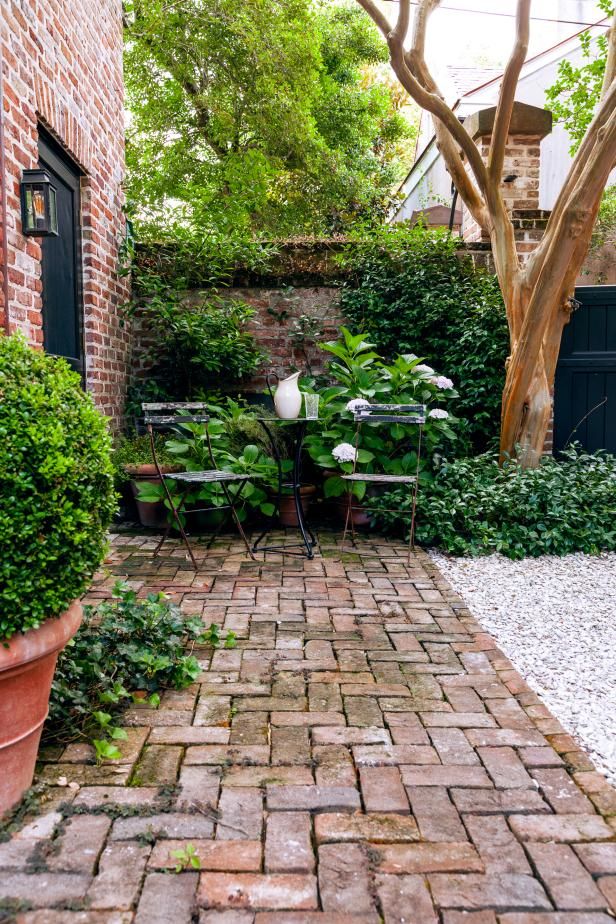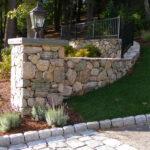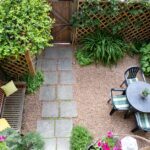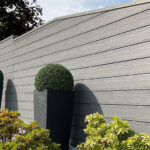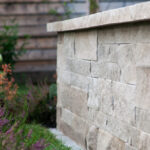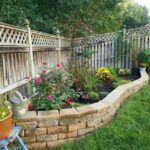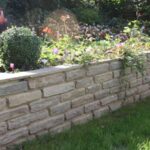Garden walls are an essential element in any outdoor space, providing structure, definition, and privacy. These walls can be made of a variety of materials, such as brick, stone, wood, or even metal, and can range in height and design to suit the overall aesthetic of the garden.
One of the main purposes of garden walls is to create boundaries within the garden, separating different areas or defining specific spaces. For example, a low wall can be used to separate a patio or seating area from the rest of the garden, while a higher wall can provide privacy and security.
In addition to their practical functions, garden walls can also add beauty and visual interest to the outdoor space. A well-designed and well-built garden wall can enhance the overall look of the garden, serving as a decorative element in its own right. Walls can be used to showcase climbing plants, provide a backdrop for a garden sculpture, or create a focal point in the landscape.
Another benefit of garden walls is their ability to create microclimates within the garden. Walls can help to retain heat and provide shelter from the wind, creating pockets of warmth that can extend the growing season for certain plants. In addition, walls can help to regulate humidity levels and protect plants from excessive sun exposure.
When designing a garden wall, it is important to consider the overall aesthetic of the garden and choose materials and a design that complement the existing landscape. The height and style of the wall should also be taken into account, as well as its practical functions and the desired level of privacy.
Overall, garden walls are a versatile and essential element in any outdoor space. Whether used to define boundaries, provide privacy, or add beauty to the garden, these walls play a key role in creating a harmonious and inviting outdoor environment. By carefully considering the design, materials, and placement of garden walls, homeowners can enhance the overall beauty and functionality of their outdoor space.
